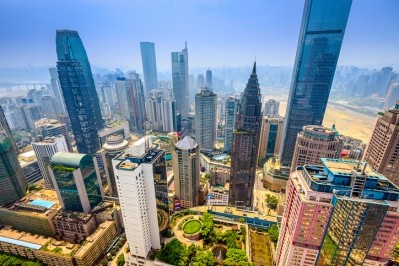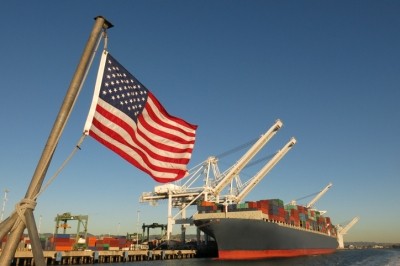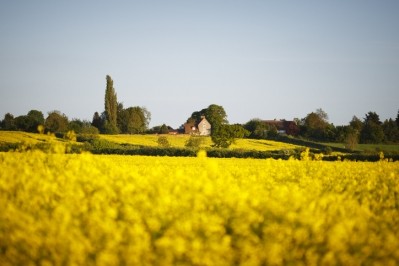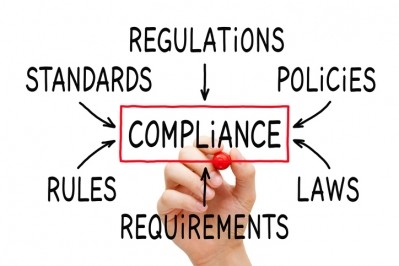Future feed protein supply - where are the likely bottlenecks?

Demand in growth for meal has overtaken that of vegetable oils, reversing the trend of previous decades; a rapid growth in protein meal taking place on top of already large volumes, noted LMC.
We caught up with Joe Feyertag, senior analyst, LMC, and co-author of the consultancy’s recently published report Outlook for Global Protein Demand to hear more.
“When I started in LMC, we were obviously still focused on the vegetable oil side of oilseeds, with biofuel production having created additional demand growth for vegetable oils; that has all changed now. Biofuels are now losing momentum or are being phased out - in the interim, that sector is relying on other feedstocks like tallow and used cooking oil (UCO); so, suddenly, people are getting interested in the meal side of the oilseed crops and that growing interest is what started our research.”
Additional demand for fish and chicken globally is putting pressure on protein raw materials.
“An interesting development is that several low and middle-income countries – India and Indonesia for example - are increasing their consumption of meat products very quickly and their diets are different to that of the western world; people there don’t consume as much beef as [their counterparts] in developed markets. They tend to consume farmed fish and poultry - animals that have a requirement for more protein dense feed ingredients.”
Competition with food
Another pressure point is the fact the food and feed sectors are competing for the same protein source, with increasing demand and greater value for plant proteins such as pea protein in the human food sector.
“Products being used for food and feed production such as vital wheat gluten, an ingredient employed in bread baking and in aqua feed, is an example of where these two sectors are rubbing up against each other.”
What are Feyertag’s projections then for supply constraints on such co-products up to 2025?
“Corn gluten meal and vital wheat gluten, and, even, pea protein and potato protein – they are lesser co-products of the starch making process. For us, as economists, the pressure that we can observe is the demand for protein is increasing faster than the demand for starch – you can only produce as much protein as you can produce starch - that is the bottleneck there.”
Single cell technology
He sees technology catching up though, citing Calysta’s single cell bacterial protein initiative backed by Cargill, which is currently in commercial scale up mode, as an example of an ingredient that may help in terms of replacement of some of the starch processing co-products, or fishmeal, in feed.
In terms of existing, but perhaps not fully utilized protein sources, he said price competitiveness is encouraging demand for processed animal proteins (PAPs) like hydrolyzed feather meal and poultry by-products in certain regions of the world.
Due to their nutritional profile, PAPs can partially substitute fishmeal, he said.
“A lot of meat and bone meal is being used as a fertilizer – that seems a bit a waste as PAPs are able to overcome a lot of the shortcomings of plant protein in animal diets.”
However, their application is heavily influenced by legislation governing their use. Consumer resistance to PAPs in feed, certainly in Europe, is an issue as well.
“It is really difficult with PAPs as you have to consider consumer resistance to them and that is the main uncertainty – [European] consumers are obviously still very aware of the setbacks, the scandals in the past linked to the spread of BSE and mad cow disease. It is going to be a slow recovery, if anything.”
“Furthermore, consumers are now becoming far more aware of the sources of feed ingredients. Twenty years ago, people were not that interested in what was in their food.
“And consumers want more plant based ingredients – that factor also puts PAPs on a bad footing.”
Demand models
He acknowledges the sustainability picture around the use of protein sources in feed and food is very complex and, perhaps, the onus is on stakeholders to create greater consumer awareness about the benefits of PAPs in feed for the ecosystem, given the growing pressure on protein supplies for the food, feed and pet food sectors.
“Our forecast demand models recognize the complexity; these are not black and white issues. We try to take all perspectives and end users into account.”
The economist suggests the feed and food industries, to try to offset potential supply restrictions down the road, could also exploit the potential of discarded material to a much greater extent - extract protein from wastewaters left over in the production of food or beverages, for instance.
“A couple of decades ago, rice or potato proteins where just by-products and not valued. We are not making enough use of these type of raw materials.”









